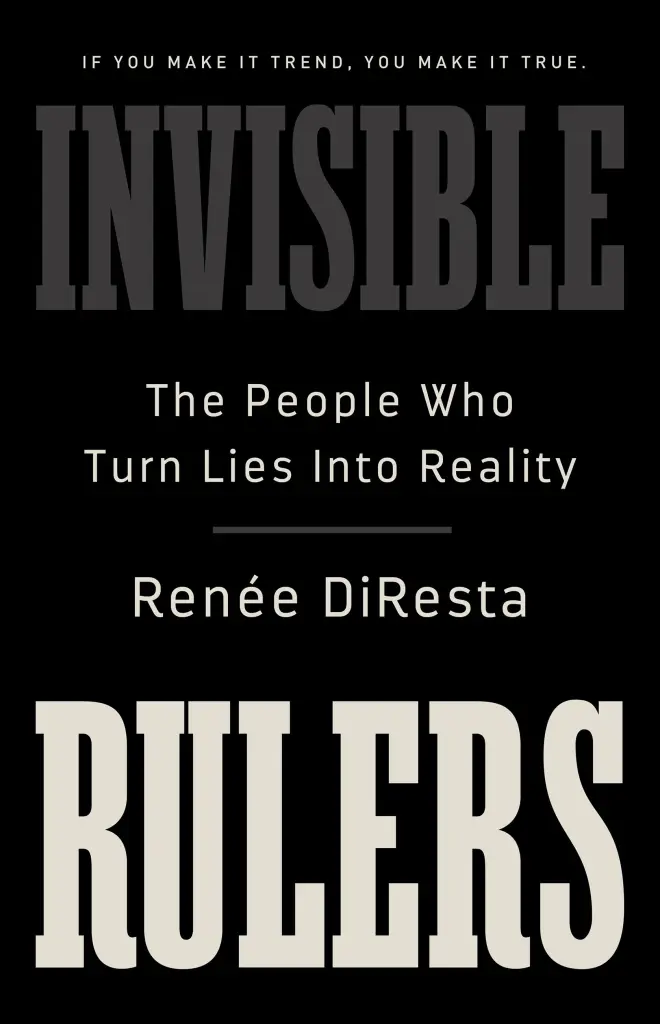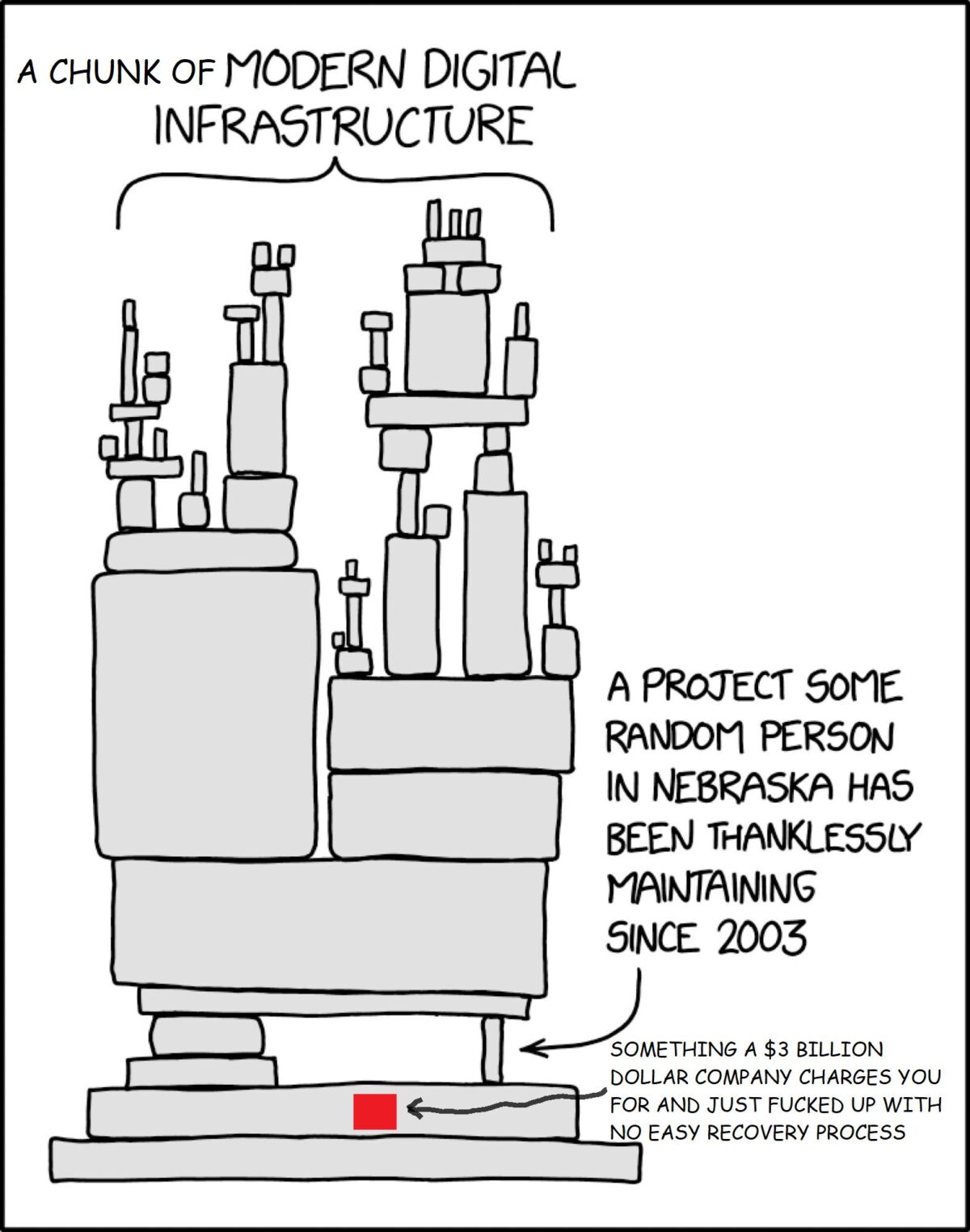Social media seems to be having a late-1990s moment, raising flashbacks to the origins of platform liability and the passage of Section 230 of the Communications Decency Act (1996). It’s worth making clear at the outset: most of the people talking about S230 seem to have little understanding of what it is and does. It allows sites to moderate content without becoming liable for it. It is what enables all those trust and safety teams to implement sites’ restrictions on acceptable use. When someone wants to take an axe to it because there is vile content circulating, they have not understood this.
So, in one case this week a US appeals court is allowing a lawsuit to proceed that seeks to hold TikTok liable for users’ postings of the “blackout challenge”, the idea being to get an adrenaline rush by reviving from near-asphyxiation. Bloomberg reports that at least 20 children have died trying to accomplish this, at least 15 of them age 12 or younger (TikTok, like all social media, is supposed to be off-limits to under-13s). The people suing are the parents of one of those 20, a ten-year-old girl who died attempting the challenge.
The other case is that of Pavel Durov, CEO of the messaging service Telegram, who has been arrested in France as part of a criminal investigation. He has been formally charged with complicity in managing an online platform “in order to enable an illegal transaction in organized group”, and refusal to cooperate with law enforcement authorities and ordered not to leave France, with bail set at €5 million (is that enough to prevent the flight of a billionaire with four passports?).
While there have been many platform liability cases, there are relatively few examples of platform owners and operators being charged. The first was in 1997, back when “online” still had a hyphen; the German general manager of CompuServe, Felix Somm, was arrested in Bavaria on charges of “trafficking in pornography”. That is, German users of Columbus, Ohio-based CompuServe could access pornography and illegal material on the Internet through the service’s gateway. In 1998, Somm was convicted and given a two-year suspended sentence. In 1999 his conviction was overturned on appeal, partly, the judge wrote, because there was no technology at the time that would have enabled CompuServe to block the material.
The only other example I’m aware of came just this week, when an Arizona judge sentenced Michael Lacey, co-founder of the classified ads site Backpage.com, to five years in prison and fined him $3 million for money laundering. He still faces further charges for prostitution facilitation and money laundering; allegedly he profited from a scheme to promote prostitution on his site. Two other previously convicted Backpages executives were also sentenced this week to ten years in prison.
In Durov’s case, the key point appears to be his refusal to follow industry practice with respect to to reporting child sexual abuse material or cooperate with properly executed legal requests for information. You don’t have to be a criminal to want the social medium of your choice to protect your privacy from unwarranted government snooping – but equally, you don’t have to be innocent to be concerned if billionaire CEOs of large technology companies consider themselves above the law. (See also Elon Musk, whose X platform may be tossed out of Brazil right now.)
Some reports on the Durov case have focused on encryption, but the bigger issue appears to be failure to register to use encryption , as Signal has. More important, although Telegram is often talked about as encrypted, it’s really more like other social media, where groups are publicly visible, and only direct one-on-one messages are encrypted. But even then, they’re only encrypted if users opt in. Given that users notoriously tend to stick with default settings, that means that the percentage of users who turn that encryption on is probably tiny. So it’s not clear yet whether France is seeking to hold Durov responsible for the user-generated content on his platform (which S230 would protect in the US), or accusing him of being part of criminal activity relating to his platform (which it wouldn’t).
Returning to the Arizona case, in allowing the lawsuit to go ahead, the appeals court judgment says that S230 has “evolved away from its original intent”, and argues that because TikTok’s algorithm served up the challenge on the child’s “For You” page, the service can be held responsible. At TechDirt, Mike Masnick blasts this reasoning, saying that it overturns numerous other court rulings upholding S230, and uses the same reasoning as the 1995 decision in Stratton Oakmont v. Prodigy. That was the case that led directly to the passage of S230, introduced by then-Congressman Christopher Cox (R-CA) and Senator Ron Wyden (D-OR), who are still alive to answer questions about their intent. Rather than evolving away, we’ve evolved back full circle.
The rise of monopolistic Big Tech has tended to obscure the more important point about S230. As Cory Doctorow writes for EFF, killing S230 would kill the small federated communities (like Mastodon and Discord servers) and web boards that offer alternatives to increasing Big Tech’s pwoer. While S230 doesn’t apply outside the US (some Americans have difficulty understanding that other countries have different laws), its ethos is pervasive and the companies it’s enabled are everywhere. In the end, it’s like democracy: the alternatives are worse.
Illustrations: Drunken parrot in Putney (by Simon Bisson).
Wendy M. Grossman is the 2013 winner of the Enigma Award. Her Web site has an extensive archive of her books, articles, and music, and an archive of earlier columns in this series. She is a contributing editor for the Plutopia News Network podcast. Follow on Mastodon.





